5篇七年级英语下册单元复习教案新目标英语思维导图

注重培养学生听说读写的语言技能及交往能力。首先,要精讲基础知识,加强基本训练,使学生获得综合运用语音 语法 词汇进行听说读写的交际能力。
树图思维导图提供 5篇七年级英语下册单元复习教案新目标英语 在线思维导图免费制作,点击“编辑”按钮,可对 5篇七年级英语下册单元复习教案新目标英语 进行在线思维导图编辑,本思维导图属于思维导图模板主题,文件编号是:f23af0882290b04ba68c977297b57e3d
思维导图大纲
5篇七年级英语下册单元复习教案新目标英语思维导图模板大纲
注重培养学生听说读写的语言技能及交往能力。首先,要精讲基础知识,加强基本训练,使学生获得综合运用语音 语法 词汇进行听说读写的交际能力。其次,要使操练形式与学生的生活时间紧密相连,从而使语言技能发展成运用语言进行交际的能力。以下是树图网带来的七年级英语下册单元复习教案新目标英语内容,感谢您的阅读,希望能帮助到您!
七年级英语下册单元复习教案新目标英语1
Unit 1 Can you play the guitar ?】
1、can+动词原形,它不随主语和数而变化。
(1)含有can的肯定句:主语+can+谓语动词的原形+其他。
(2)变一般疑问句时,把can提前:Can+主语+动词原形+其他?
肯定回答:Yes,主语+can。否定回答:No,主语+can't.
(3)含有can的否定句:主语+can't+动词的原形+其他。
(4)含有can的特殊疑问句:特殊疑问词+can+主语+动词原形+其他?
2、may+动词的原形。(may为情态动词)一般疑问句是把may提前,
肯定回答是:Yes,主语 +may。否定回答是:No,主语+mustn't。或please don't。
join+某个组织,俱乐部,party,参军,党派等 "加入"
Join sb. "参加到某人中" join in (doing)sth "加入做......,参加某个活动" Join in=take part in +活动,比赛
3、说某种语言:speak+语言 4、play+球、棋、牌;play+the+乐器。
5、擅长于(做)什么:be good at +名词/动ing
6、帮助某人做某事:help sb. (to ) do sth. help sb. with sth.
7、我能知道你名字吗?May I know your name?
8、想要做什么:want to do sth 例如:I want to learn about art.
9、What club do you want to join?
I want to join the chess club and the basketball club.
10、What club does Tom want to join? He wants to join the swimming club .
11、He can’t play the violin or the piano. Can you help kids with swimming?
12、Why do you want to join the English club? Because I want to learn English well.
七年级英语下册单元复习教案新目标英语2
Unit 2 What time do you go to school ?】
1、what time和when引导的特殊疑问句。
(1)对时间提问用what time,也可以用when。询问钟点时用what time,询问日期、月份、年份时用when。
(2)询问做某事的时间时,两者可以互换。 (3)其他询问时间的句子:
What's the time? =What time is it?现在几点了?
时刻表达法:顺读法和逆读法。
(1)顺读法:"钟点+分钟"直接读数字。
(2)逆读法:借助介词past或to表示,要先说分再说钟点。
A.当分钟不超过30分钟时(包括30分钟),即<或=30,用past表示。其结构为:"分钟+past+整点" 意为"几点过几分"。
B.当超过30分钟时,即>30,用to表示。其结构为:"所差分钟(即60—所
过分钟数)+to+下一个整点",to译成"差",差几分钟到几点。
C.当分钟为30分钟用half表示,当分钟为15分钟用a quarter。
2、always 总是>usually 通常>often常常>sometime 有时
3、Watch+TV、球赛 "观看,观赏",特指长时间注视。
See+电影、医生 "看见",强调看的结果。
Look "看",强调看的动作,look后接宾语时要用介词at。
Read+书刊、杂志 "阅读"
4、listen to +宾语 6、Take a shower "淋浴" 7、Eat breakfast 吃早餐
5、Go to +地点名词 如:go to school go+地点副词 如:go home
七年级英语下册单元复习教案新目标英语3
Unit 3 How do you get to school?】
一、本单元知识点总结
1.get to school 到校 2.take the subway 乘地铁
3.take the train 坐火车 4.leave for 到……地方去,离开去某地
5.take…to…把……带到…… 6. most students 大多数学生
7. from…to…从……到…… 8.think of 想到,想起
9.ride bikes 骑自行车 10.in other parts of the world 在世界的其他地方
11. how far 多远 (路程、距离) 12.how long多长(时间)
13.take the train to school 乘火车去上学 14.in places 在一些地方
15.go to school by boat乘船去上学 16.on the school bus乘坐校车
17.be different from和……不同 18.one 11-year old boy 一个十一岁大的男孩
二、重点知识详解
1.take +a/an/the+表示交通工具的名词,乘……去某地,是动词短语,在句中作谓语。
He takes the train. take the subway乘地铁 take a walk散步 take a shower洗个澡
take a rest休息一会 take a seat 坐下 take some medicine 吃药
2.by+表示交通工具的单数名词或on/in+ a/an/the/one’s+表示交通工具的单数名词,是介词短语作方式状语。
I get to school by bike. = I get to school on my bike.
3.walk/ride/drive/fly+to+地点名词,步行/骑自行车/开车/坐飞机去某地
表示乘交通工具方式可以互换表达相同的意义:
Take the bus to school=go to school by bus=go to school on a bus
Drive a car to work=go to work by car=go to work in a car
Fly to shanghai=go to shanghai by plane/air=take the/a plane to shanghai=go to shanghai on a/an/the plane.
4.get表示"到达",后接名词需加to,接地点副词不加to.
reach 给示到达,是及物动词,其后直接接宾语。
arrive in+大地点 arrive at +小地点 后接副词不需介词。
5. It takes sb some money/time to do sth.花费某人多少时间/钱做某事
Sb pay some money for sth 某人为某物花费多少钱
Sb spend some time/money on sth 某人在做某事或某物上花费时间/钱Sb spend some time/ money (in)doing sth Sth cost sb some money 某物花费某人多少钱
6. How far is it from A to B?=How far is B from A?
答语有两种:
(1) It’s…meters/miles/kilometers(away)有……米/英里/千米(远)
(2) It ‘s about ten minutes’ walk/ ride. 大约有十分钟步行/骑车的路程。
7have to 后加动词原形,侧重客观的需要,有"不得不,被迫"之意,有多种时态形式,否定式为don’t have to(needn’t)意为"不必"。
Must 侧重于说话者的主观看法,认为有必要或有义务做某事,只有现在时一种形式,否定式must’t意为"一定不要,不允许,禁止"反意词为"needn’t"。
8.感谢用语:Thank you very much , Thanks a lot , Many thanks.
回答感谢用语的句子:That’s ok /all right. 不用谢。You are welcome 不客气。 It is my pleasure./My pleasure./It is a pleasure.不客气、那是我的荣幸。/Don’t mention it。别在意。 It was nothing at all.那没什么。
三、语法归纳
(一)how 引导的特殊疑问句
1.how 引导的特殊疑问句提问交通方式,其答语分三种情况:
a. take a/an/the+交通工具(单数)
b. by+交通工具(单数)
c. on/in+限定词+交通工具
2. how far 用来提问距离,多远,其答语分为两种:
(1)用长度单位表示:It is five kilometers.
(2)用时间表示:It’s twenty minutes’ walk.
3.how long 用来提问时间,意为多久回答常用"for+段时"。
----How long have you learnt English?
----For 3 years.
how soon 用来提问做完某事还需要多长时间, 常用于将来时态时, 常用"in+时间段"来回答。
――How soon will you arrive in Beijing?
----In 3 hours.
七年级英语下册单元复习教案新目标英语4
一、指导思想
以"英语课程标准"为宗旨,适应新课程改革的需要,面向全体学生,提高学生的人文素养,增强实践能力和创新精神。正确把握英语学科特点,积极倡导合作探究的学习方式。培养学生积极地情感态度和正确的人生价值观,提高学生综合素质为学生全面发展和终身发展奠定基础。
二、教学总目标
能听懂教师对有关熟悉话题的陈述并能参与讨论。能读供七至八年级学生阅读的简单读物和报纸杂志,克服生词障碍,理解大意。能根据阅读目的运用适当的阅读策略。能与他人合作,解决问题并报告结果,共同完成学习任务。能在学习中互相帮助,克服困难。能合理计划和安排学习任务,积极探索适合自己的学习方法。
三.教材分析
《新目标英语》七年级(下册),全书共有十二个单元,另两个复习单元。本教材各单元话题灵活,贴近生活实际。本册书将学习的一些语法知识点有:一般将来时、过去进行时、现在完成时、间接引语、时间状语从句、条件状语从句、反意疑问句等。同时每个单元后都提供了一篇阅读文章,用以训练学生的阅读能力,扩大学生的阅读量。
四、学生情况分析(略)
五、教学设想
1.认真专研教材和课标,精心备课,认真上好每一堂课。确定每堂课的基础内容,预备内容和拓展内容,满足不同层次学生的不同需求。
2.充分利用现有的现代化教学设备,加强直观教学,提高课堂效率。
3.多与学生沟通,了解学生学习状况和需求,及时改进教学中存在的问题和不足。
4.积极开展丰富多彩的英语活动,提高学生兴趣。如英语演讲比赛、单词听写比赛、朗读比赛、英语手抄报比赛、学唱英文歌曲,课前五分钟活动等。
5.注重个别辅导,在面向全体学生的基础上,培优补差。
6.不断学习,加强自身素质和业务能力的提高。
六.教学进度安排
Unit16课时第一周----第三周
Unit25课时第三周---第四周
Unit35课时第五周---第六周
Unit45课时第六周---第七周
Unit55课时第七周---第八周
Unit6ReviewandMid-Test5课时第九周
Unit75课时第十周------第十二周
Unit85课时第十二周---第十三周
Unit95课时第十三周---第十四周
Unit105课时第十五周---第十六周
Unit115课时第十七周---第十八周
Unit12ReviewandFinal-Test11课时第十九周—第二十周
七年级英语下册单元复习教案新目标英语5
一、 重点词汇
1. one hundred and five
表示具体的"几百"时,用"基数词+hundred"表示,注意此时hundred不能加s.
hundreds of表示"数百;成百上千的",这是hundred后面有s,而且hundreds后面要有介词of,并且不能与数词连用。
与hundred 用法类似的还有单词:thousand,million,billion.
Our school is so famous that_____ people come and visit it every term.
A. hundred B. hundreds C. hundred of D. hundreds of
2. I ride it to school every day.
ride "骑",后可接bike, horse, motorbike等。
还可以用做可数名词,"旅程"。 an hour’s ride 乘车一个小时的路程
every "每个;每一",其后接单数可数名词。every day "每天"
every day 表示某事发生的频率,"每天,天天"。
I go to school every day.
everyday 形容词,"日常的,普通的"。
I study everyday English every day.
3. live
live 不及物动词,"居住,生活",其后若跟名词则必须在名词前加上适当的介词。
I like to live in the country.
live on sth. "以某物为食"
Sheep live on grass.
live a ...life "过、、、生活"
The old man lives a happy life.
4. bus stop
bus stop与bus station 都是指"公共汽车站"。
bus stop 指城镇内外的停车点,bus station指能停、转车辆的汽车站点。
stop 做动词,意为"停止",常用结构:
stop to do sth. "停下来去做某事"
stop doing sth. "停止做某事"(停止正在做的)
Let’s stop to have a rest.
Stop talking, please.
5. Crossing the River to School
cross是动词,"穿越,越过",主要指"横穿"。
还可以作名词,意为"十字形,叉形符号"。
across既可以作介词,也可以作副词。
crossing 是名词,"渡口,交叉点"。
6. For many students,it is easy to get to school.
It is +adj.+to do sth. "做某事是......."
7. There is a very big river between their school and the village.
between ...and... "在....和...之间",连接两个并列的成分。
between/among
(1) between 用于两者之间。
(2) among 用于三个或三个以上的人或物的"中间"。
8. But he is not afraid.
afraid: "害怕的,畏惧的"。
(1)be afraid of sth. 害怕某事/某物
(2)be afraid to do sth. 害怕做某事
(3)be afraid of doing sth. 唯恐做某事,指担心或担忧做某事会引起某种后果。
(4)be afraid + that从句,恐怕....
(5)为某件已经发生或可能发生的事表示歉意或者作出否定判断,相当于sorry.
9. Many of the students and villagers never leave the village.
leave主要用法归纳如下:
1. 离开; 脱离
The train will leave at six tomorrow morning.
2. 把……留在; 留下
Leave the child at home. 把小孩留在家里。
3. 遗忘; 丢下
I left my notebook in the dormitory. 我把笔记本落在宿舍里了。
4. 使……处于(某种状态),后面常接宾语补足语
Leave the door open.
5. leave for+地点,"动身去某地"
He left for the station a few minutes ago.
10.must /have to
must多表示主观需要或责任感的驱使有必要或有义务去做某事,多译为"必须",
have to多表示客观存在的环境所限,即客观要求(无奈)而为之,多译为"不得不干某事"。
I must clean the room because there are too dirty.
I have to do my homework now.
11. It takes sb some money/time to do sth.花费某人多少时间/钱做某事
Sb pay some money for sth 某人为某物花费多少钱
Sb spend some time/money on sth 某人在做某事或某物上花费时间/钱
Sb spend some time/ money (in)doing sth
Sth cost sb some money 某物花费某人多少钱
二、 短语归纳
1.get to school 到校 2.take the subway 乘地铁
3.take the train 坐火车 4.leave for 到……地方去,离开去某地
5.take…to…把……带到…… 6. most students 大多数学生
7. depend on 依赖,决定于 8.from…to…从……到……
9.think of 想到,想起 10.ride bikes 骑自行车
11.in other parts of the world 在世界的其他地方 12. how far 多远
13.take the train to school 乘火车去上学 14.in places 在一些地方
15.go to school by boat乘船去上学 1 6.on the school bus乘坐校车
17.be different from和……不同 18.worry about 担忧,焦虑,担心
三、语法专项
how 引导的特殊疑问句
1.how 引导的特殊疑问句提问交通方式,其答语分三种情况:
a. take a/an/the+交通工具(单数)
take +a/an/the+表示交通工具的名词,乘……去某地。
He takes the train.
b. by+交通工具(单数)
c. on/in+限定词+交通工具
by+表示交通工具的单数名词或on/in+ a/an/the/one’s+表示交通工具的单数名词,是介词短语作方式状语。
I get to school by bike. = I get to school on my bike.
3.walk/ride/drive/fly+to+地点名词,步行/骑自行车/开车/坐飞机去某地
表示乘交通工具方式可以互换表达相同的意义:
Take the bus to school=go to school by bus=go to school on a bus
Drive a car to work=go to work by car=go to work in a car
Fly to shanghai=go to shanghai by plane/air=take the/a plane to shanghai=go to shanghai on a/an/the plane.
2. how far 用来提问距离,多远,其答语分为两种:
(1)用长度单位表示:It is five kilometers.
(2)用时间表示:It’s twenty minutes’ walk.
3.how long 用来提问时间,意为多久回答常用"for+段时"。
----How long have you learnt English?
----For 3 years.
4.how soon 用来提问做完某事还需要多长时间, 常用于将来时态时, 常用"in+时间段"来回答。
――How soon will you arrive in Beijing?
----In 3 hours.
(二)宾语从句
1.在句子中起宾语作用的句子叫宾语从句。宾语从句用陈述语序。
2.宾语从句的连接词:
(1)从属连词有that, if, whether。
Nobody knew whether she could pass the exam.
I know that she is from America.
(2)连接代词有who, whom, whose, what 等
Do you know whose book it is?
Could you tell me what your father looks like?
(3)连接副词有when, where, why, how等
He didn’t tell me when we could meet again.
I don’t know how I can get there.
I’m always very busy (忙的) every day. I usually 1 up early at 6:30 in the morning. But 2 . I’m still sleepy (睡着的) . I put on my clothes, I wash my hands 3 face…Do this! Do that. 4 I have my 5 . I go go school. I usually leave home at 7:00. At school we all study 6 . We study English. Chinese, maths and so on (等等). 7 noon (中午) I get home and have lunch. At 1:30 I go to school again. Sometimes we play 8 football in the afternoon. I go home at 4:30. In the evening I do 9 homework. I go to bed at 10:00 and I go to sleep (入睡) very 10 .
( )1. A. get B. gets C. getting D. getting
( )2. A. often B. usually C. sometimes D. always
( )3. A. and B. or C. but D. so
( )4. A. Before B. After C. When D. If
( )5. A. lunch B. supper C. breakfast D. meal
( )6. A. easy B. different C. difficult D. hard
( )7. A. on B. On C. at D. At
( )8. A. the B. × C. a D. an
( )9. A. many B. a lot of C. any D. a lot
( )10. A. next B. soon C. first D. last
选词填空。请从方框内选择适当的词语完成这封信。
Writing, talking, sitting , playing, swimming , flying, sunny, studying, drawing, having
Dear Bob,
My name is Rich .I’m fourteen years old .I’m(1)__________ in a middle school .My school is nice and clean. There are 30 students in my class .It’s(2) _______ today . My classmates and I are(3) ________ a good time on the beach .It’s a nice place .The water is blue and clear . Many birds are(4) ________ over the sea .Many people are (5)_________ . Some boys are(6) _________ football . Some people are (7)________ on the beach . A girl is(8) _________ pictures on a chair .Another girl is (9)________ photos .I’m (10)_________to you ! What are you doing ? I hope you can write to me soon .
Best wishes! Rich
5篇七年级英语下册单元复习教案新目标英语相关文章:
★ 2021新目标七年级下册英语教案5篇
★ 初一下册英语教案范文5篇
★ 5篇2021初一英语教案范文
★ 初中七年级英语教案三篇2020
★ 七年级上下册英语教案
★ 初中七年级下册英语教案范文大全
★ 初中七年级英语教案范文三篇2020
★ 初中七年级英语教案范文三篇
★ 初中七年级英语教案范文精选2020
★ 初中七年级英语教案2020最新范文大全
相关思维导图模板
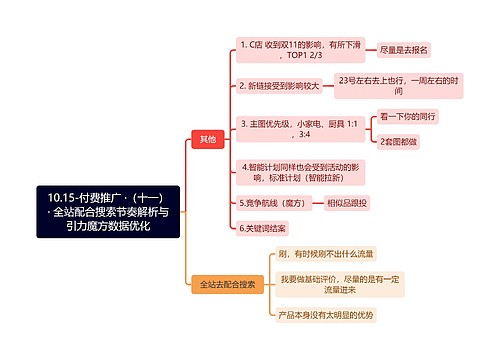

树图思维导图提供 10.15-付费推广 ·(十一)· 全站配合搜索节奏解析与引力魔方数据优化 在线思维导图免费制作,点击“编辑”按钮,可对 10.15-付费推广 ·(十一)· 全站配合搜索节奏解析与引力魔方数据优化 进行在线思维导图编辑,本思维导图属于思维导图模板主题,文件编号是:ca82ce4ec961ffd61f0a484a5c579820


树图思维导图提供 时态介绍 在线思维导图免费制作,点击“编辑”按钮,可对 时态介绍 进行在线思维导图编辑,本思维导图属于思维导图模板主题,文件编号是:2afd76910294d6f355939784d170f8db

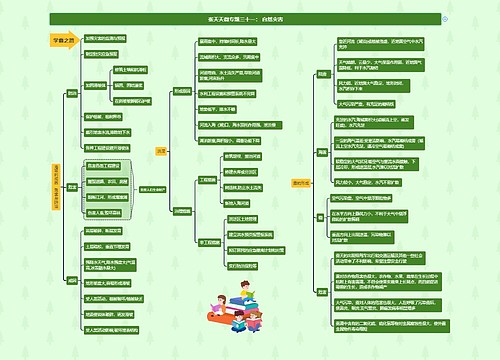
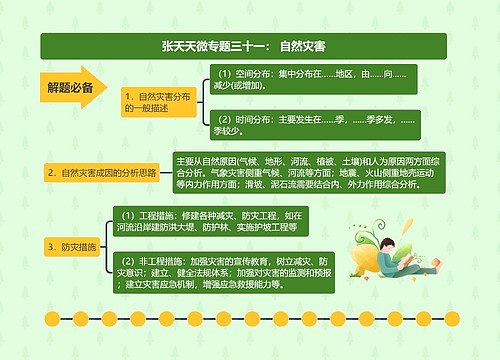
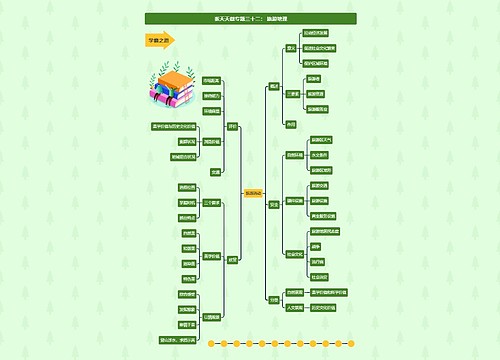
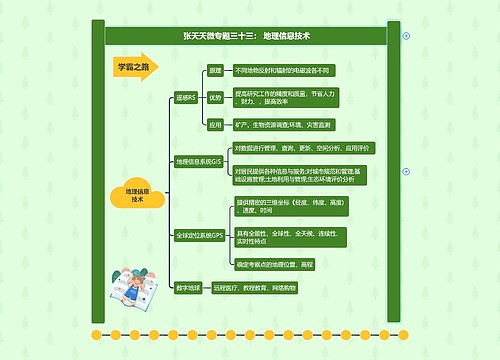
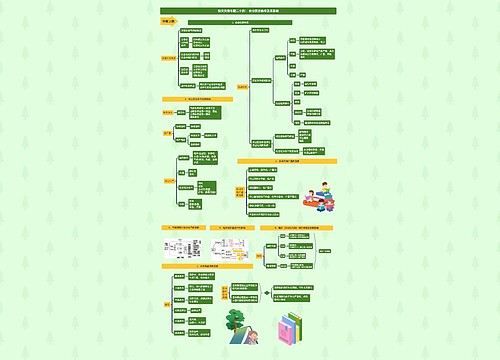

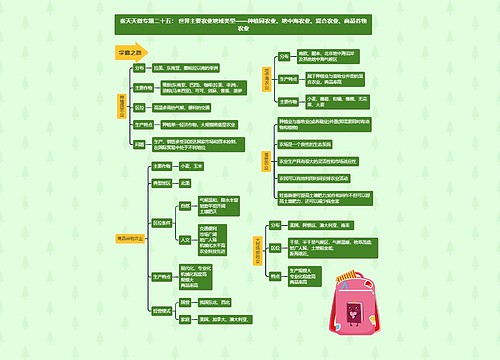
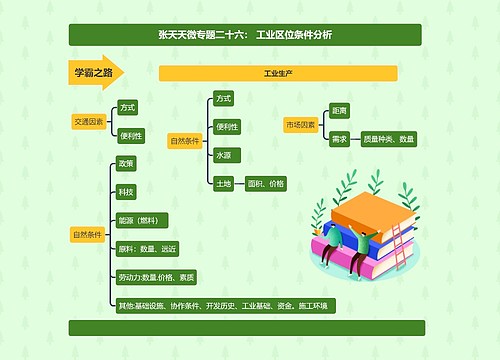
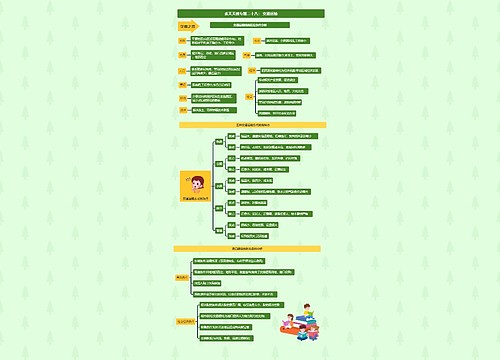

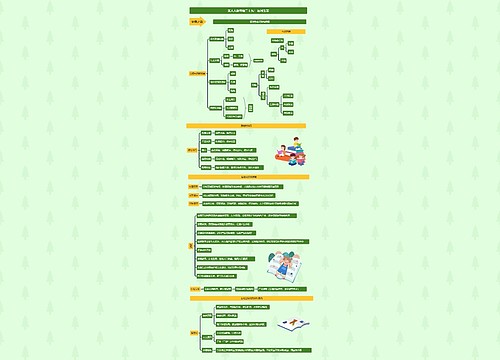
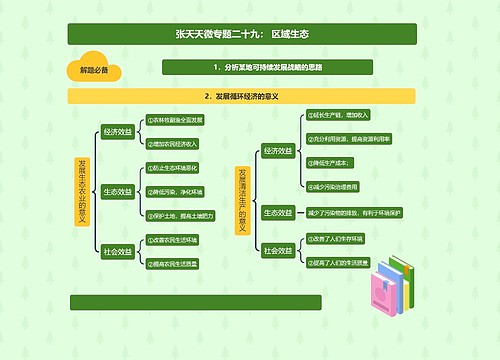
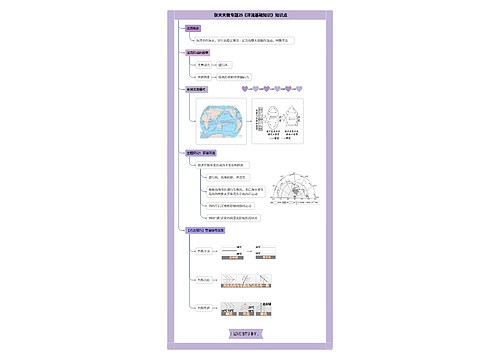
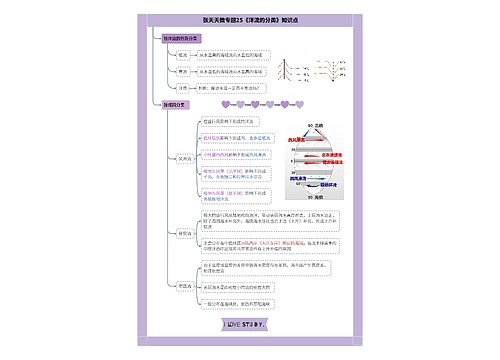
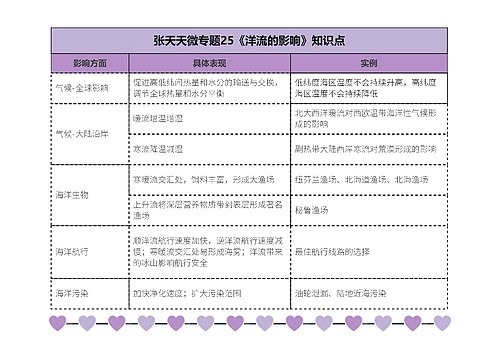

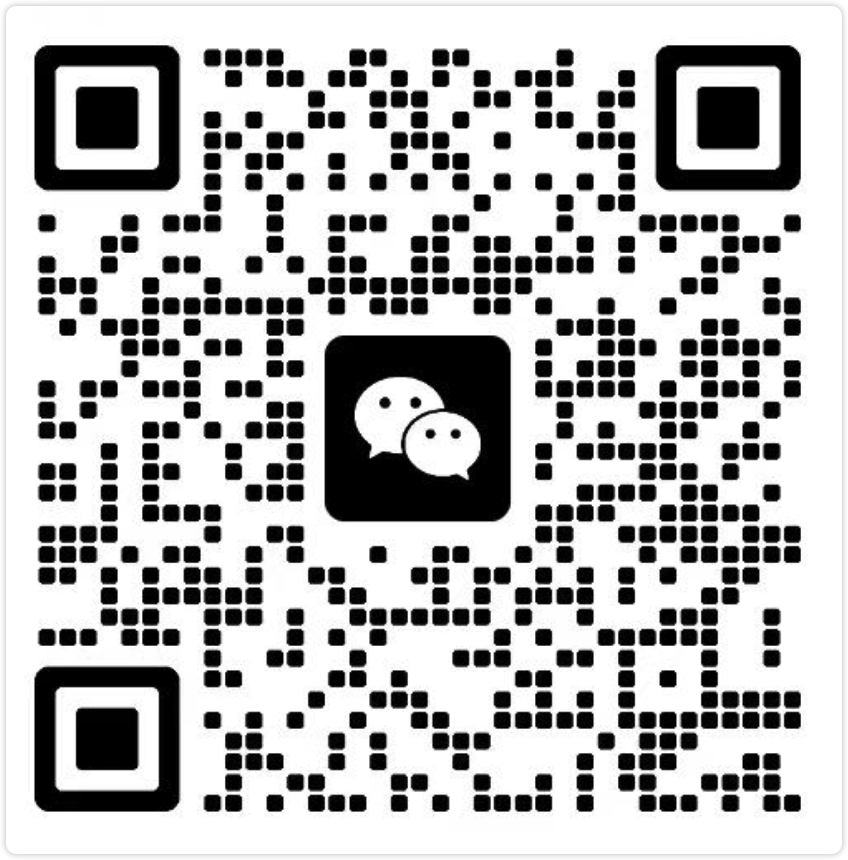

 上海工商
上海工商